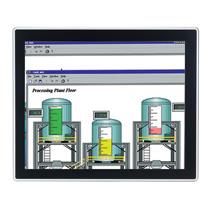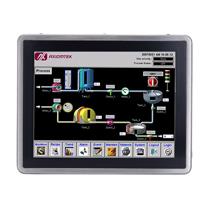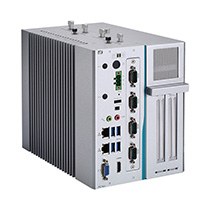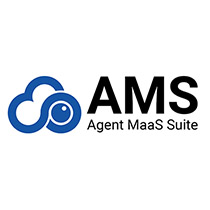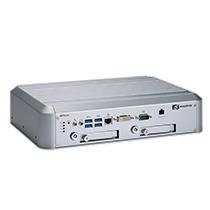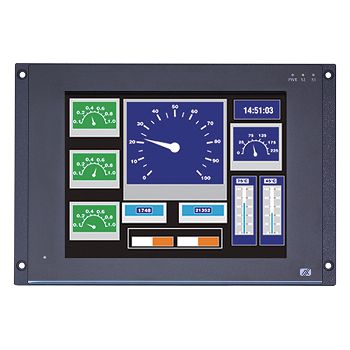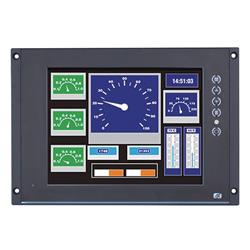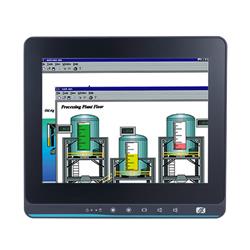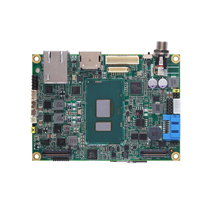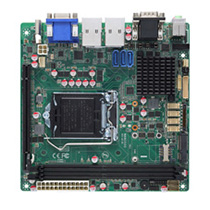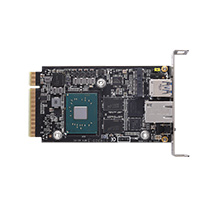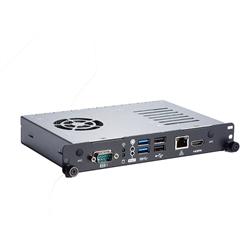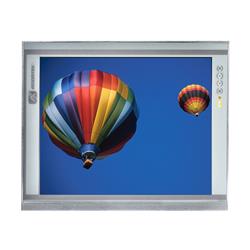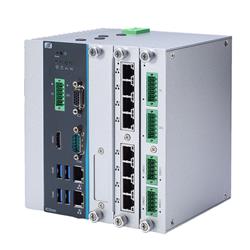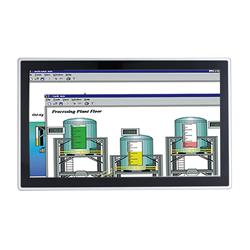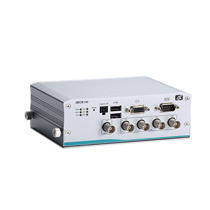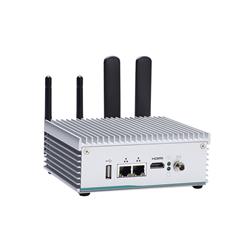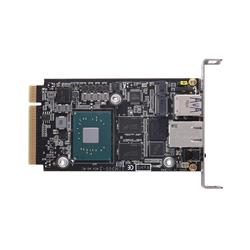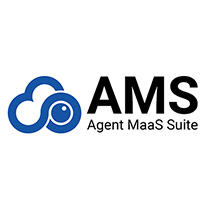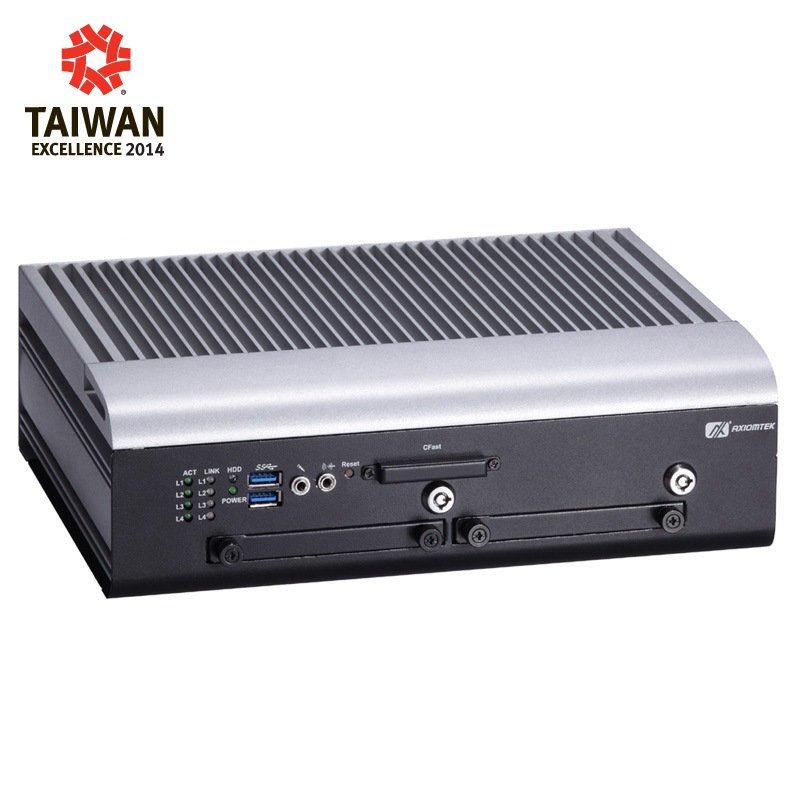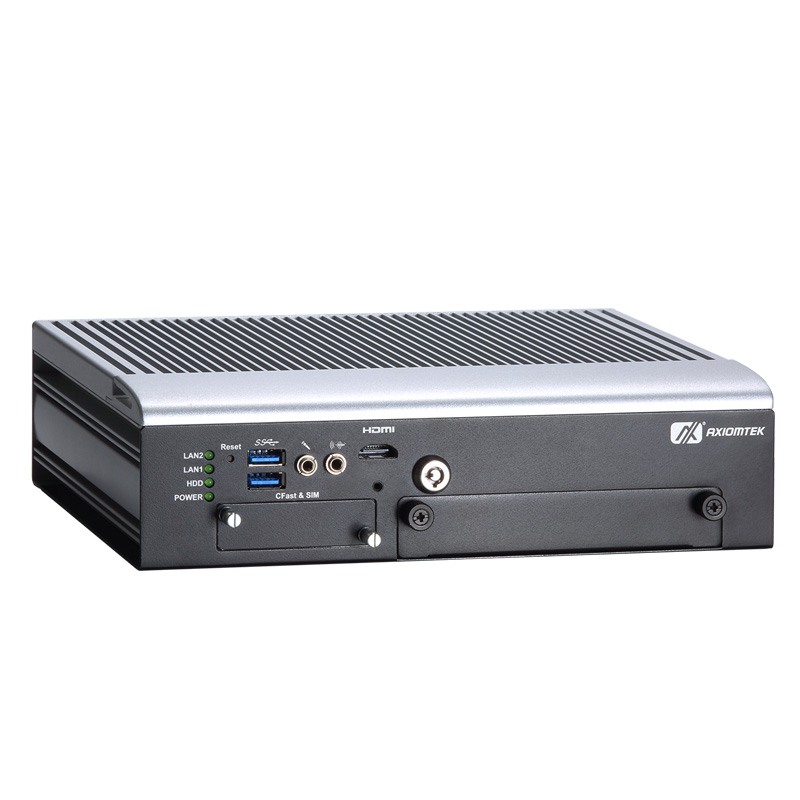September 11, 2001 changed the face of security not only in the United States, but in other countries as well. The world has seen an increasing number of security threats, and most of these acts of terrorism focus on areas with the biggest payload. These areas have millions of potential victims, an open environment, and hundreds of escape routes for the attackers. One area that has seen increase in security risk and technology changes is mass transit systems.
In 2012, Americans took 10.5 billion trips on public transportation including buses, planes, and trains. [1] Thirty-five million people use mass transit each day, and the transit industry sees massive growth each year. The mass transit industry also employs almost 400,000 people. With growing terrorism concerns, the industry has been forced to take a more active approach in surveillance and security that doesn’t just capture events but actively and quickly identifies suspicious activity in action before it becomes a tragedy.
The mass transit system is now an economic and social function required for city (both small and large) sustainability. Transit costs have been reduced to offer city populations complete access to transportation. Technology helps organize these traffic systems, provide better scheduling, and offer faster transit to more distant locations.
Automatic, driverless train operations are the next step in urban transportation to minimize costs even more and offer more people access to faster and more efficient services. Computers reduce human errors, which increase traffic issues and the time between destinations. Laser detectors detect small movements to reduce crashes, on-board remote control systems offer control from a central tower, and better algorithms increase performance. [3]
All of these technology improvements increase availability of mass transit systems to a wider range of people. When terrorism focuses on these increasingly popular systems, the need for better surveillance and security requires advancements in technological equipment that offer better controls and tracking for law enforcement to identify suspicious activity quickly and act on it efficiently and with the right resources.
Mass Transit Security Challenges
Terrorist attacks in New York City on September 2001 and April 2013 in Boston changed the face of mass transit and security systems across the globe. The security of passengers and transit employees was given priority as North American and European governments responded to terrorism attacks in both regions. In the US, $460 billion was budgeted for homeland security. [4]
Mass transit authorities face several challenges when developing and designing systems that handle rugged travel. Changes depend on the type of transit, but some commonalities exist across all types of security systems. Common types of systems included metal detectors, full-body scanners, and plain-clothed officers.
Most of these technologies are ways to avoid tragedy, but mass transit security now goes beyond the train, bus and plane station and evolves to on-board security that helps law enforcement monitor daily operations and quickly acts in response to an incident. On-board technology takes more than indoors safety procedures. On-board security is subject to outdoor elements, so the challenge for security engineers is to provide a rugged system that offers a full-range of security options that can also handle not only weather conditions but also vibrations, atmospheric pressure differences, and mobile availability.
Mass transit security is focused on not only preemptive protection from attacks but better technology for ongoing security and response to existing threats. These threats are unique to most security situations since transportation systems are never in the same place for long, the environment damages most electrical equipment quickly, and the vibrations of moving transit systems affect video and audio quality. These limitations affect the way security systems are able to properly support law enforcement in an open environment with increasing threats. Terrorism targets these systems for the limited security and the ability to kill millions of people all at once. These limitations affect the way security systems are able to properly support law enforcement in an open environment with increasing threats. Terrorism targets these systems for the limited security and the indiscriminate killing availability of millions of people.
Traditional Security
Before 2001, most countries took a passive approach to security technology. Aviation, bus and train security was limited to posted police officers, general security cameras in areas where the general public waited for transportation, and police dogs that were trained to identify mostly drug residue.
Technology was mostly based on surveillance cameras and systems that were meant to take images of incidents after the fact. Most surveillance cameras took black and white images that were pixilated, and it took an expert to review the footage and identify suspects. Most security surveillance contained just video without audio, which made it more difficult to identify the suspects. Not only was the video quality poor, but camera systems didn’t support wireless technology. Any video and images were kept on surveillance tape and archived. These archives were kept for a limited time and destroyed so that the tapes could be recycled.
Technology Improvements
Today’s engineering addresses the current and future technology concerns with embedded systems used to control advanced camera security systems. These systems improve on older equipment that doesn’t meet the standards for current security technology. Newer technology includes wireless capabilities, better video, fast streaming that runs parallel with audio, wider operating temperature range, and they follow operational safety standards for transportation applications including the EN50155 and EN50121 certifications. These certifications are benchmarks designed to govern electronic equipment to be used on rolling stocks. They address challenging aspects affecting the operational safety of transportation electronic equipment including vibration, shock, radiation emission, climatic temperature controls and electrostatic discharge, and establish standards for equipment operating under these conditions. Not all of the embedded systems in the market are certified and able to meet these standards. Nevertheless, current embedded technology for electronic transportation equipment is undoubtedly influenced by these safety compliance requirements.
With the advent of camera phones and video, the video and audio technology industry has greatly improved over the years. These improvements have been integrated into advanced equipment that runs continuously in various locations and must be rugged enough to handle weather and vibrating conditions. New surveillance technology has introduced the concept of “smart” equipment that interfaces directly with law enforcement and surveillance crews. Instead of “dumb” machines that simply took images of a location, smart equipment can be remotely controlled, store data in the cloud over a 4G encrypted wireless connection, and they are more powerful and efficient with better CPU, memory, power management and larger internal storage.
While most older technology consisted of cameras and tape backups, new surveillance equipment takes advantage of improved technology that works in the cloud. New systems involve a camera connected to a switch that takes power generated directly from the bus, train or plane. Surveillance systems have moved on from “dumb” camera systems to smart machines that act as an interlinking network for communication between a mass transit entity and the central control office and law enforcement. Images and video are real time, which means law enforcement can act quicker, identity a suspect or incident, and locate a bus, plane or train through more precise GPS and tracking systems.
Video quality is probably the best advancement from older camera systems. In 1999, one megapixel was introduced to cameras. Today, anyone can buy personal and commercial cameras with dozens of megapixels with zoom technology and image capture capabilities that provide more pixels per square inch. Before the improvements on camera technology, law enforcement would need a detailed, experienced eye to identify suspects on camera with old images that were too pixilated for the average reviewer.
Two areas of technology that have greatly improved law enforcement response times and surveillance ability are streaming and networking speeds. Over a decade ago, broadband technology didn’t support the upload and download speeds necessary to support real time video streaming. Most government systems were still on older, dial-up technology, and upstream bandwidth didn’t have the capacity to deliver video and audio simultaneously without errors. Even with commercial T1 and T3 trunks, video streaming quality was poor. Today’s technology uses fiber optics with better transfer speeds and bigger broadband for larger data composition.
The advancement of Cat5e and Cat6 wiring along with 100Gb (Giga-LAN) transfer speeds have tremendously helped the video industry. While wireless speeds have not caught up to gigabit transfers, backend servers are able to store, look up and transfer data on a network within milliseconds. Video surveillance files can take up to many gigabytes of storage capacity, and transferring data over gigabit technology reduces the time needed to download a large video from hours to minutes.
Today, surveillance equipment can use wireless technology to connect with a data plan that uses a provider to upload imaging. This is probably the most useful technological improvement that supports mass transit security systems. Not only can video stream, but it can stream from cloud storage directly to a central control office. Before cloud computing, government and law enforcement were forced to house internal hardware equipment that cost thousands to install and support. Cloud storage uses the concept of data centers, which are large warehouses filled with fast servers. The advantage of cloud computing is the data centers are located in different geographical locations to support global data traffic. With data transferred from the nearest data center, police and other government officials are able to stream video faster and store terabytes of information without the expensive costs of the server hardware equipment.
Related Products
Axiomtek Transportation Embedded Systems (tBOX Series)
Axiomtek’s tBOX embedded systems address all major surveillance concerns and add engineering capabilities that meet customer needs. Embedded systems are the brains behind accurate camera systems that monitor mass transit public access locations across the globe.
Equipment is EN50155, EN50121, EN45545, EN60950 and CE compliance certified for rugged use and standard requirements for all countries. They answer all operational and environmental concerns, including temperature requirements to resist elements, global railway fire protection standards, anti-shock and anti-vibration features, mount requirements for the equipment, and power supply requirements.
Technology is changing fast. Newer and more powerful systems rich with useful features are designed and manufactured to accommodate the ever-growing complexity of the automated industrial equipment. Axiomtek has been at the forefront of transportation embedded technology, working with Intel®, and Microsoft to offer new and advanced products to meet the ever-changing needs of the transportation industry.
Axiomtek engineering leverages extensive in-house experience designing and manufacturing transportation embedded systems such as the latest model tBOX322-882-FL with on-board 4th/5th generation Intel® Core™ i7 or i3 based fanless CPUs (codename: Haswell), rotating hard drives and solid state drives based on capacity, MTBF, wide operating temperature, anti-shock and anti-vibration features up to 5 Grms (5-500Hz,X,Y,Z directions), rich I/O and more. Understanding customers’ needs for high quality products, longevity and consistent support, Axiomtek provides continuous product support for 7 years, guaranteeing long product life and return on investment for its customers.
| Recent Transportation Embedded Equipment Features | Axiomtek’s tBOX322-822-FL Features |
| Intel® Core™ 2 Duo SP9300 2.26 GHz or Intel® Celeron® M 723 1.2 GHz processor | 4th/5th generation Intel® Core™ i7 or Intel® Core™ i3 processor |
| Fanless with operation temperature range of -25°C ~ +55°C | Fanless with operating temperature range of -40°C ~ +70°C (EN50155 class TX) |
| DDR3-1333 GB DRAM onboard | High performance DDR3L-1600 4 GB / 8 GB onboard |
| 2 internal PCI Express Mini Card slots with 1 SIM slot | 3 internal PCI Express Mini Card slot and 2 SIM slots |
| One 2.5″ swappable SATA drive bay, 1 internal SATA drive bay and one CompactFlash™ | 1 removable & lockable 2.5″ SATA HDD and 1 CFast™ |
The ever-changing technology and requirements dictate the demands for newer and more advanced transportation embedded systems. It has become crucial that industrial hardware manufacturers such as Axiomtek are on the top of their game. The general comparison of features between one or two years old transportation embedded systems vs. now can be seen below. It is clear that the newer embedded systems are faster, more powerful, and offer more features and capabilities. This is nothing new to the technology world but rather the norm.
The latest tBOX products use 4th/5th generation Intel® Core™ i7 or i3 chipset with processing speeds of up to 3.3 GHz and onboard DDR3L-1600 8GB memory for lightning quick image capturing and image transfers. The tBOXes support USB 3.0 for external peripheral additions. Both SATA3 HDD and SSD are swappable for malfunctioning drive exchanges on-the-fly and include lockable theft deterrents.
Mass transit’s surveillance controllers such as Axiomtek’s tBOX products connect to an Ethernet switch that connects to camera systems using Ethernet cables. tBOX product line supports Giga-LAN technology, which reduces the bottleneck with slower Ethernet wired connections. HDD’s sensitive structure is protected through a state-of-the-art suspension.
Cloud technology offers advanced capabilities for large data file storage. Axiomtek systems support cloud storage, which means customers are not limited to onboard storage that can reduce law enforcement response times. Storing and streaming in the cloud helps law officials quickly discover the location of a moving transportation entity, use GPS tracking to precisely pinpoint a moving target, and identify suspects.
The tBOX products offer extensive features, rich I/O alternatives and great compatibility, aiming at providing flexibility and expansion capabilities to the customers. Their mini PCI/PCIe ports can be used for different applications including wireless communications such as remote file or surveillance video downloads. Axiomtek’s tBOX products support most operating systems including Windows 7, Windows 8, Linux and WES7. Axiomtek’s embedded system products give mass transit system integrators advanced, scalable choices of controllers that can be customized to meet all their needs. These reliable systems provide around-the-clock security without the need for frequent replacements. Quick response, customization capability and prototype construction mean that Axiomtek can respond to any customer requirement to meet the demands for better mass transit security.
Citations
1. “Facts on Mass Transit.” Facts on Mass Transit. American Public Transportation Association, n.d. Web. 26 Aug. 2014.
2. Schofer, Joseph L. “Mass Transit.” Encyclopedia Britannica. Encyclopedia Britannica, n.d. Web. 26 Aug. 2014.
3. Fischer, Elizabeth. “Justifying Automation.” Railway Technology. N.p., n.d. Web. 26 Aug. 2014.
4. Nussbaum, Paul. “How Transportation – Especially Air Travel – Has Changed Greatly in the Aftermath of 9/11.”
Philly.com. N.p., 08 Sept. 2011. Web. 26 Aug. 2014.
